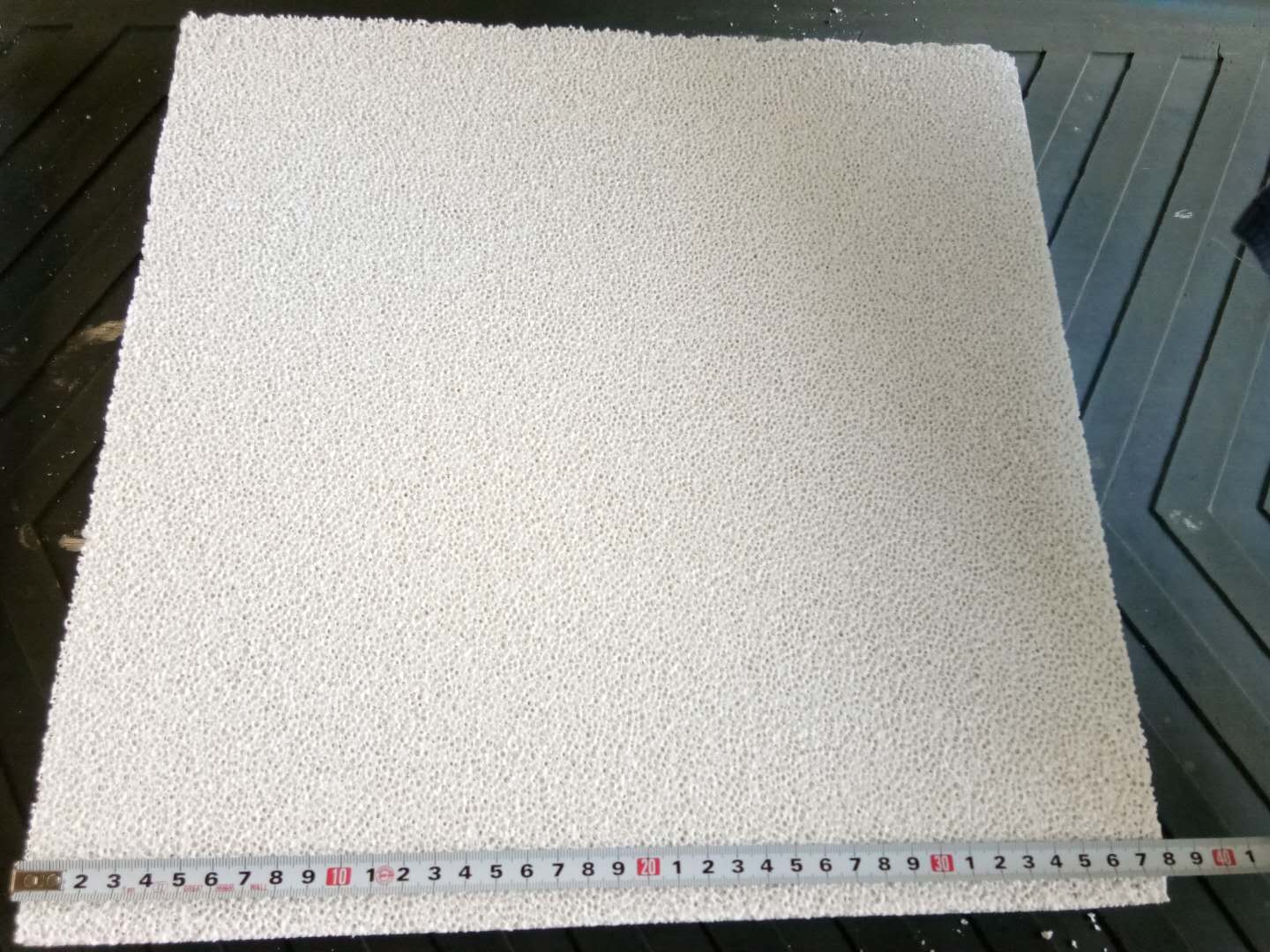
20 10月 Molten Aluminum Filter NALCO
Molten Aluminum Filter NALCO is used to filter molten aluminum before aluminum casting. The filtration process removes particles that may cause the final product to be unacceptable. Traditionally, ceramic aluminum fusion filters are used.
The aluminum casting ceramic foam filter is a porous, molten ceramic foam material, basically free of organic components. Its characteristic is that its mechanical, thermal and chemical properties are better than known foam ceramic materials.
Ceramic foam is characterized by an open-cell structure with multiple interconnected voids, surrounded by ceramic mesh, without the presence of potentially harmful binders or glass or clay phases.
Foam is a solid sintered product, especially suitable for high temperature applications, such as aluminum water filtration.
Any small amount of organic additives will be discharged during the roasting process.
If necessary, a small amount of inorganic additives can be used without affecting performance, such as less than 1% sintering aids such as zinc oxide, grain growth inhibitors such as magnesium oxide, or inorganic rheological additives such as soil.
Molten Aluminum Filter is installed in an aluminum CFF filter box.
The molten aluminum is poured into the filter box through the ceramic foam filter, and the filter captures the fine particles in the molten metal. After the casting operation is completed, the aluminum slag remaining in the ceramic filter forms an almost solid aluminum block.
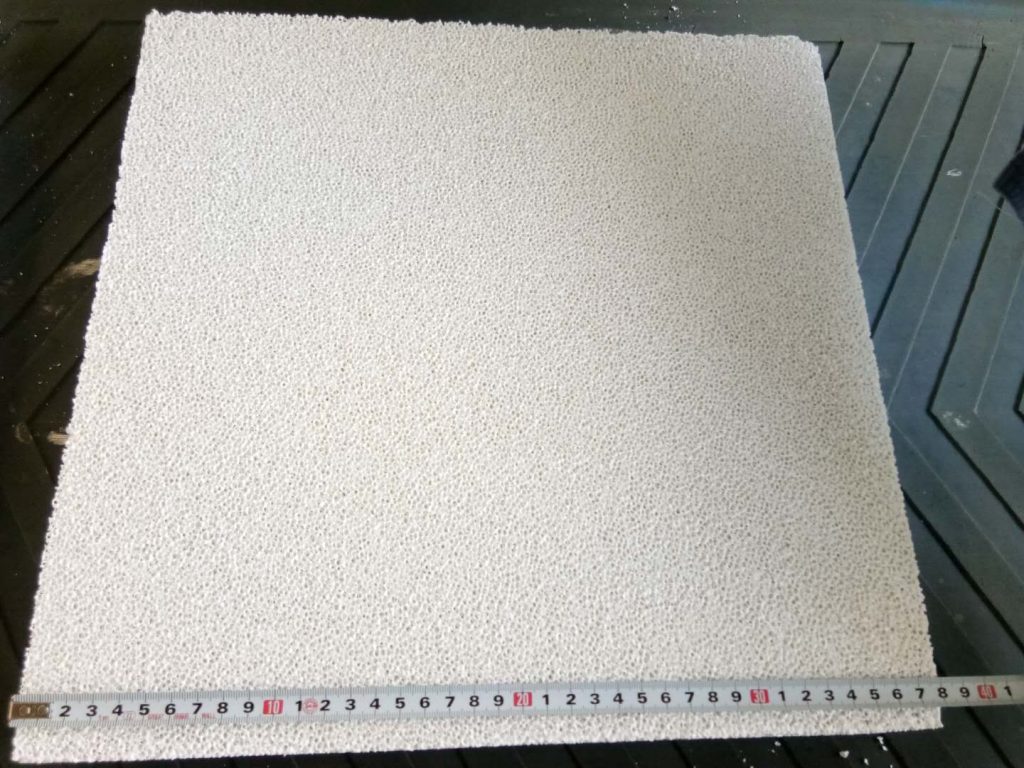
Precautions for use of Molten Aluminum Filter NALCO
1. When choosing foam ceramics, first consider the requirements for filtration accuracy.
Second, consideration should be given to the requirements of the flow rate of the aluminum alloy liquid on the casting speed, the original cleanliness of the melt, the highest content of inclusions in the aluminum alloy melt, and the total throughput of the aluminum alloy melt.
2. Install the ceramic foam filter correctly. The ceramic foam filter is usually arranged horizontally in the CFF casthouse.
The advantage of the down-pouring method is that the aluminum alloy melt rises uniformly, and there is no turbulence when it hits the filter element, which ensures the uniform start of the filter element and reduces the risk of channeling.
In addition, when installing the ceramic foam filter, the components must be sealed with refractory fibers and leak aluminum.
3. Before filtering, it is best to use a radiant heater or a gas blowpipe to heat the foam ceramic filter to make it close to the melt temperature to ensure that when the front liquid flows to the foam ceramic, the metal does not solidify and does not block the pores.
Driven by global demand, India’s aluminum exports increased by 36% from 2017 to 2018, and this trend is expected to continue from 2018 to 2019.
The increase in aluminum production in India is due to the increase in capacity utilization of existing smelters. Between 2017 and 2018, Vedanta expanded the production capacity of its Jharsuguda and BALCO aluminum smelters. In 2017, India’s primary aluminum production was 3.39 million tons and consumption was 2.08 million tons. According to the CARE Ratings rating report, India’s aluminum production in 2018 is expected to stabilize at around 3.42 million tons.
Taking into account the current political environment, including the fact that Rusal sanctions have not been lifted, the United States has imposed aluminum tariffs, and the escalation of the trade war, the global aluminum market will still face a shortage of supply.
According to data from the Ministry of Commerce and Industry of the Union of India, the country’s aluminum exports in 2017 increased from 1.22 million tons at the end of 2016 to 166 metric tons. During this period, India’s imports of aluminum metal fell by 14.7% to 360,000 tons. South Korea is the country that exports the most aluminum products from India (31%), followed by Malaysia (30%) and the United States (11%). However, aluminum imports, especially aluminum scrap imports, still plague Indian aluminum producers.


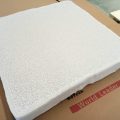
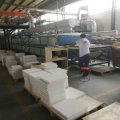
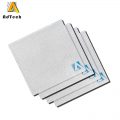

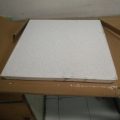
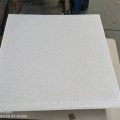
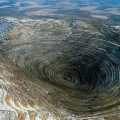
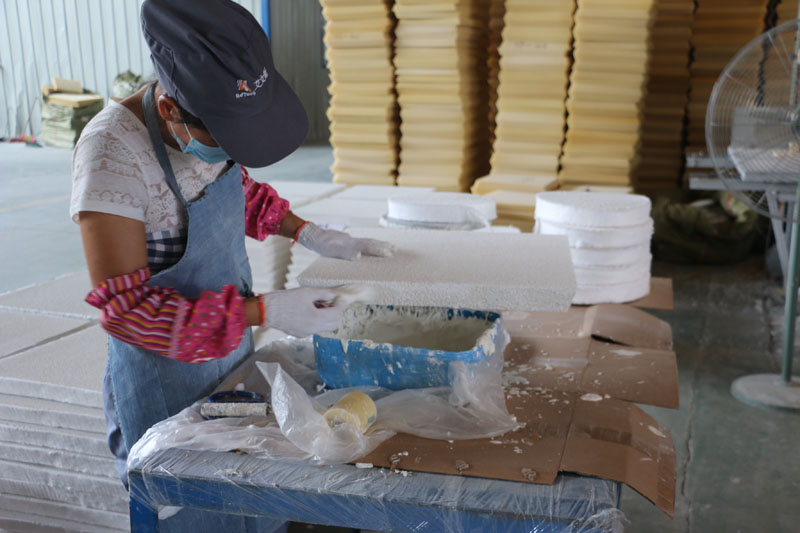
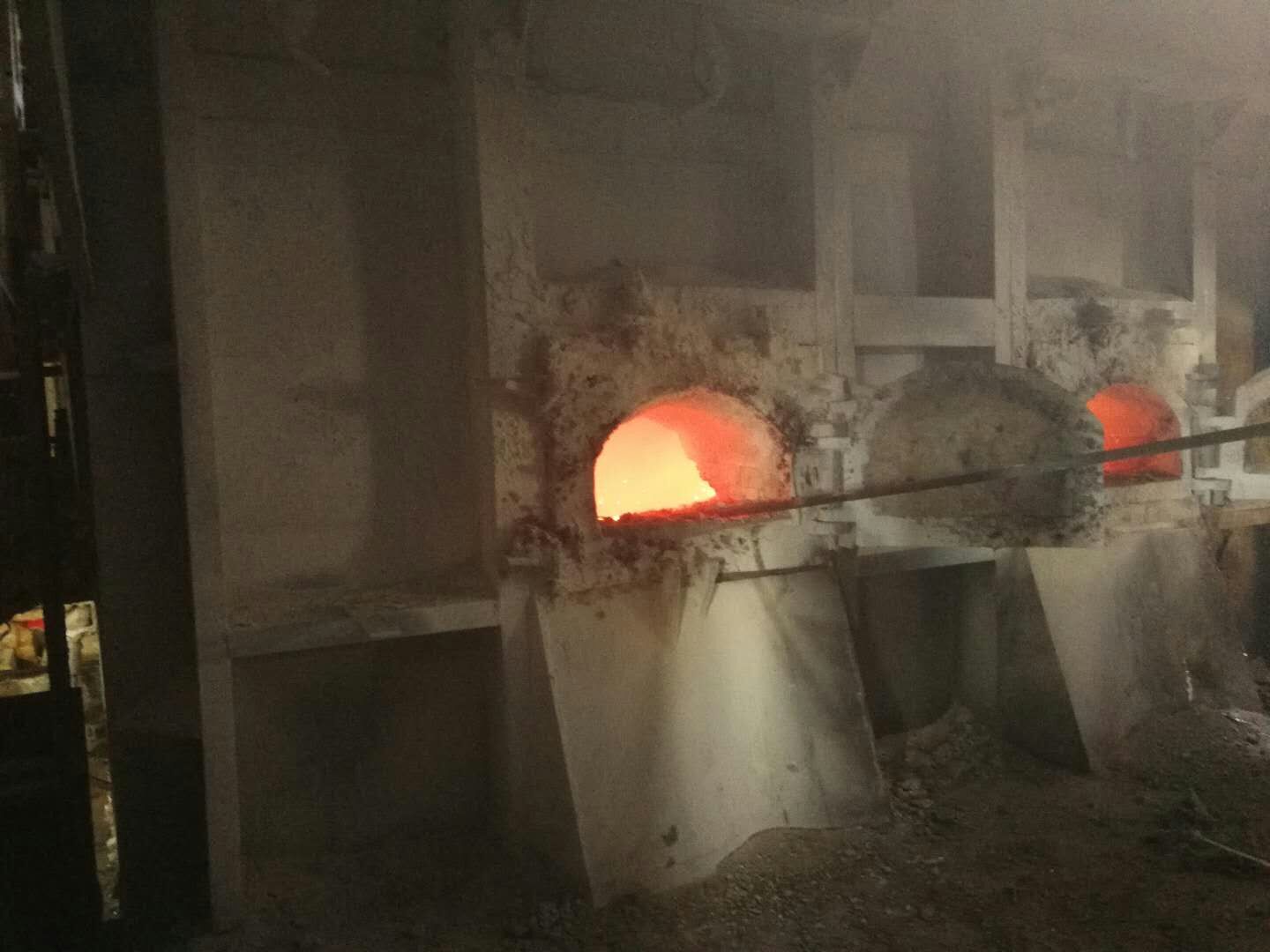
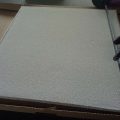
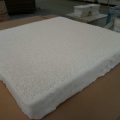
No Comments